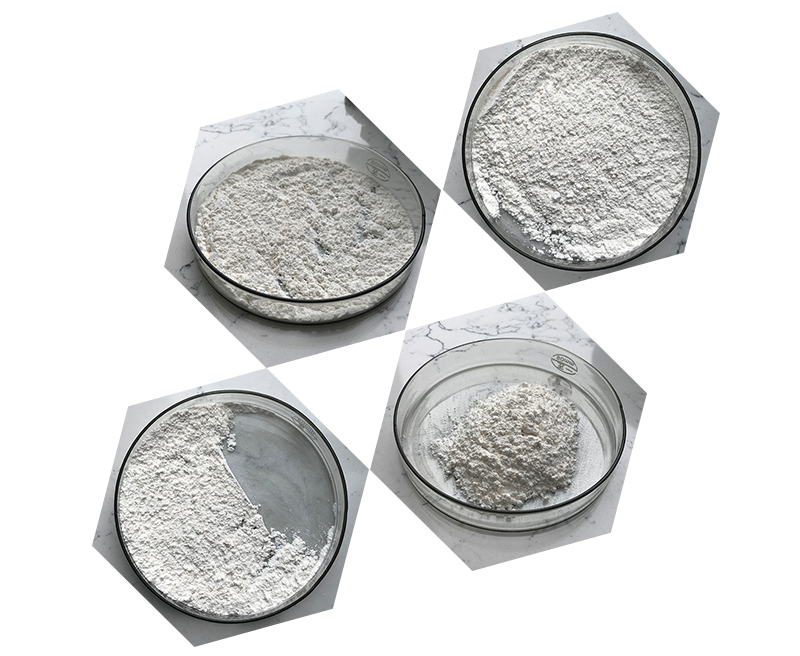Synthesis of L-tryptophan can be carried out through several methods, including chemical synthesis, biotechnological approaches, and enzymatic pathways. Below are a few key methods for synthesizing L-tryptophan:
1. Chemical Synthesis:
Chemical synthesis of L-tryptophan typically involves the following steps:
a) Starting Material: Tryptophan can be synthesized starting from indole or anthranilic acid, which are commercially available intermediates.
b) Step-by-step synthesis:
- The synthesis often involves reactions such as electrophilic aromatic substitution, Friedel–Crafts acylation, or other methods to form the indole ring structure.
- Functional groups are introduced or modified to build the desired amino acid structure. For example, the carboxyl group (-COOH) is introduced by using reagents like acetic acid or other carboxylating agents.
- Enantiomeric purity is crucial for L-tryptophan, so resolution processes such as chromatography may be employed to ensure the L-enantiomer is isolated.
c) Stereochemistry:
- Ensuring the stereochemistry of the amino acid (L-form) is important, as it requires specific conditions or reagents to avoid racemization during synthesis.
This process can be more time-consuming and may require several steps with the need for purification.

2. Biotechnological (Fermentation) Synthesis:
Biotechnological methods using microorganisms, such as bacteria or yeast, can be used to biosynthesize L-tryptophan. This is a more environmentally friendly and cost-effective method compared to chemical synthesis, especially for large-scale production.
a) Microbial Fermentation:
- Common microorganisms used in industrial production include Escherichia coli and Corynebacterium glutamicum, which have been genetically engineered to overproduce L-tryptophan.
- These organisms are typically engineered to enhance the biosynthetic pathway leading to L-tryptophan. The biosynthesis of tryptophan occurs via the shikimate pathway, where precursor metabolites are converted to L-tryptophan through a series of enzymatic steps.
b) Genetic Engineering:
- Genetic modifications, such as overexpression of key enzymes like anthranilate synthase or feedback-resistant enzymes, can be introduced to increase L-tryptophan production.
c) Scale-up and Recovery:
- After fermentation, L-tryptophan is isolated and purified through techniques like filtration, centrifugation, and crystallization.
3. Enzymatic Synthesis:
Enzymatic synthesis involves using enzymes to catalyze the conversion of precursors to L-tryptophan. This method is highly selective and can be used to synthesize L-tryptophan with minimal racemization.
a) Enzyme Selection:
- Enzymes like tryptophan synthase, which catalyzes the last step in the biosynthesis of tryptophan, can be used in vitro to synthesize the amino acid.
- Alternatively, transaminases or other enzymes that can interconvert amino acids can be employed.

Summary:
- Chemical synthesis involves multiple steps to build the indole ring and amino acid structure, often requiring stereoselective procedures.
- Biotechnological synthesis involves using genetically engineered microorganisms to produce L-tryptophan through fermentation, typically more sustainable for large-scale production.
- Enzymatic synthesis uses specific enzymes to catalyze the formation of L-tryptophan from precursors, offering high selectivity and minimal racemization.
Let me know if you would like further details about any specific method!
